7. Brooklyn (2015, John Crowley)
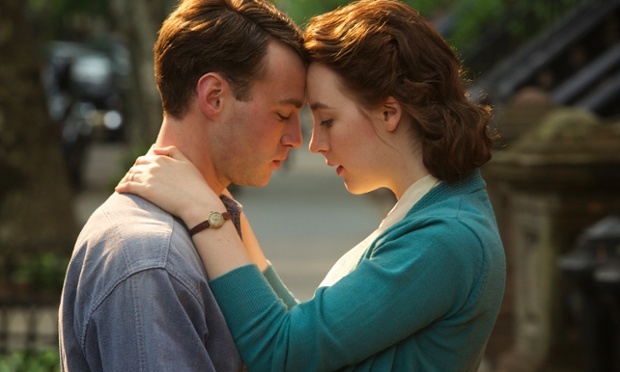
John Crowley’s film, Brooklyn, is adapted from a novel of the same name by author Colm Tóibín and was nominated for three Academy Awards in 2016 including best adapted screenplay, best actress and best picture.
The film tells the story of an Irish immigrant (Saoirse Ronan) who is torn between life in 1950s New York and her native Enniscorthy. A heartwarming story that celebrates self-discovery and independence, the film also acts as a showcase for the acting talent Ireland can currently boast as two of Ireland’s biggest box-office stars feature, with both Domhnall Gleeson (Brendan’s son) and Saoirse Ronan turning in stellar performances.
An old-fashioned drama, the film achieves what few films have previously by successfully extoling what it means to be Irish, both at home and as part of the Irish diaspora around the world, whilst substituting the typical stereotypes and sentimentality for wit and melancholy.
6. Man of Aran (1934, Robert J. Flaherty)
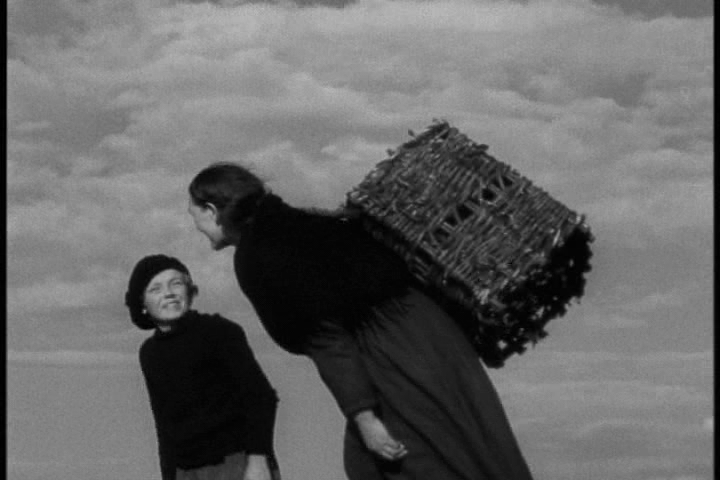
Robert J. Flaherty’s documentary presents a scenic portrayal of life on Ireland’s Aran Islands in the 1930s. It follows a family of native islanders and depicts survival on the islands as a constant struggle.
The film is a fictional documentary however, meaning that some scenes are heavily fabricated. In particular, one scene has men out hunting for sharks in a boat despite the fact that in reality the islanders had stopped hunting sharks in that way some 50 years previous. Also, the family depicted in the film are not related and chosen by Flaherty based on their appearance.
However, instead of being criticized for this use of fictionalization, like Nanook of the North (another film by Flaherty made in 1922), Man of Aran has become of interest to film scholars in recent years and commended for its elements of docudrama as the film was made at a time when the concept of separating films into documentary and drama did not yet exist.
The film is also highly acclaimed for its use of cinematography and editing.
5. Four Days in July (1985, Mike Leigh)
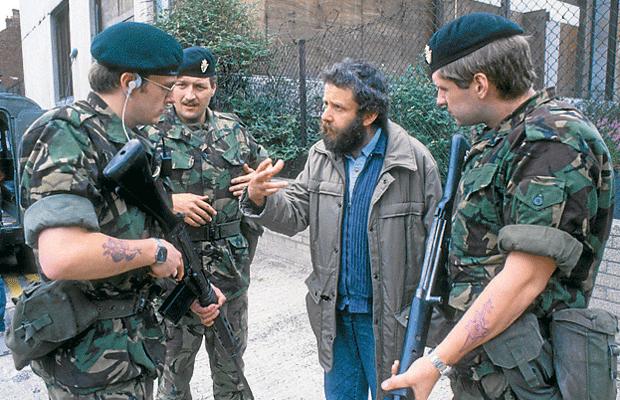
One of Mike Leigh’s lesser-known films, Four Days in July was released by the BBC as a television film in 1985. However, the film is as good as any film the renowned English director has ever made.
The film is set in Belfast and follows two couples from either side of Northern Ireland’s sectarian divide, with each couple expecting their first child.
All the hallmarks of a Mike Leigh film are apparent as there is an astonishing attention to detail and the director’s politics are on show as there is a clear bias in favour of the catholic, republican couple. However, as always with Mike Leigh, this is met with a refreshing honesty and a commendable confidence as the film was made at a time when this position was at its most unpopular because of an IRA bombing campaign on the British mainland.
Four Days in July is cinema’s most authentic portrayal of life in a divided Northern Ireland.
4. The Wind That Shakes The Barley (2006, Ken Loach)
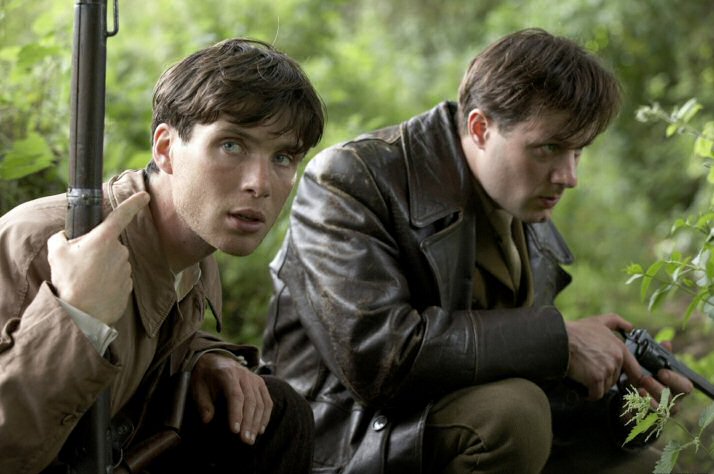
Arguably Ken Loach’s greatest film, The Wind That Shakes The Barley won the prestigious Palme D’Or award at Cannes in 2006 and once held the record as the highest grossing Irish film until surpassed by The Guard.
Set during both the Irish War of Independence (1919-1921) and the Irish Civil War (1922-1923), this war drama tells the fictional story of two brothers from Cork, Damien (Cillian Murphy) and Teddy O’Donovan (Pádraic Delaney) who decide, like many young men at the time, to join the IRA to fight for independence from the UK.
With the able direction of outspoken socialist, Ken Loach, the film presents the Irish rebellion as being as much a socialist rebellion as it was a nationalist rebellion and this is a theme that is all too often ignored in other films about the fight for Irish independence.
The film also explores the difficulty those who are provoked into violence have in accepting compromise.
3. Room (2015, Lenny Abrahamson)
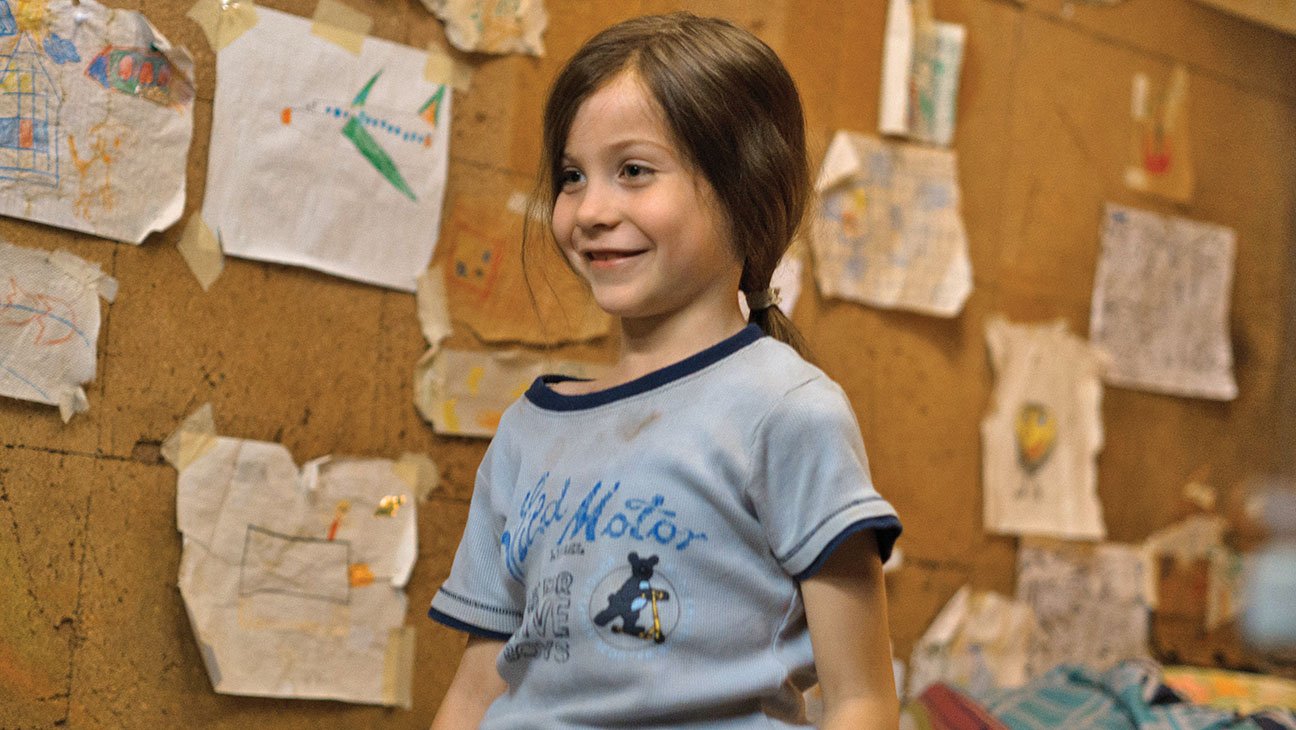
Lenny Abrahamson can count himself unlucky to only have one film on the list as he is fast becoming one of Ireland’s most successful filmmakers. Frank (2014), What Richard Did (2012) and Adam and Paul (2004) all narrowly missed out and can be considered ‘honorable mentions’.
His fifth feature, Room, was nominated for the best picture and best director awards at the Academy Awards in 2016. Brie Larson also won the award for best actress in a leading role for her performance as a young woman who tries to escape after being held captive in an enclosed space with her young son (Jacob Tremblay) who has never seen the outside world.
Although the film cannot claim any cultural relevance to Ireland as it is set in Ohio, it is an adaptation of a novel of the same name by Irish author, Emma Donoghue and is funded by the Irish Film Board.
Donoghue’s acclaimed and deeply affecting novel was once deemed un-filmable but Abrahamson upset the odds by successfully adapting it into a unique and engrossing film that is his best to date.
2. Hunger (2008, Steve McQueen)
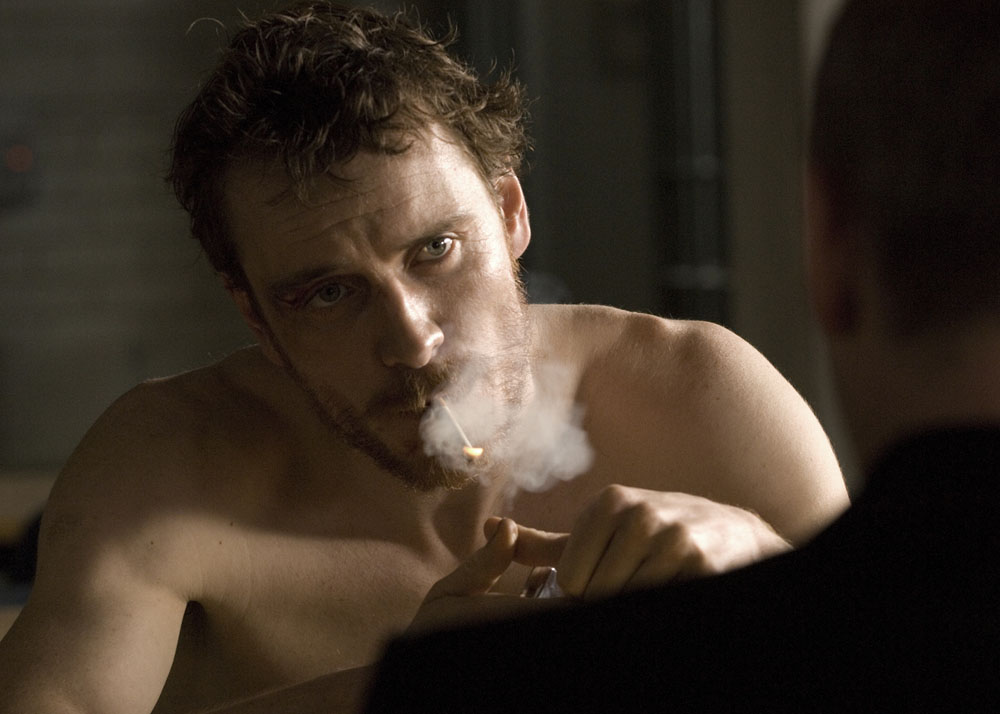
Studied the world over for a scene involving Irish actors, Michael Fassbender and Liam Cunningham that features a scintillating 17 minute un-broken shot, Hunger is a truly audacious debut film by Turner Prize winning artist, Steve McQueen.
The film is a historical drama that depicts the final period of Bobby Sands’ life. The Belfast born, Irish republican martyr and Minister of Parliament gained worldwide attention for leading a hunger strike protest in Northern Ireland’s Maze prison in 1981.
This is a film that is not for the faint hearted as it leaves nothing of the sacrificing of one’s body to the imagination, in fact, Michael Fassbender lost 14 kilograms to play the role of a man that took 66 days to starve himself to death.
Hunger also shuns typical biographical norms in favor of allowing lingering shots of Fassbender’s ravaged body to tell the story of Sands’ journey into martyrdom.
1. My Left Foot (1989, Jim Sheridan)
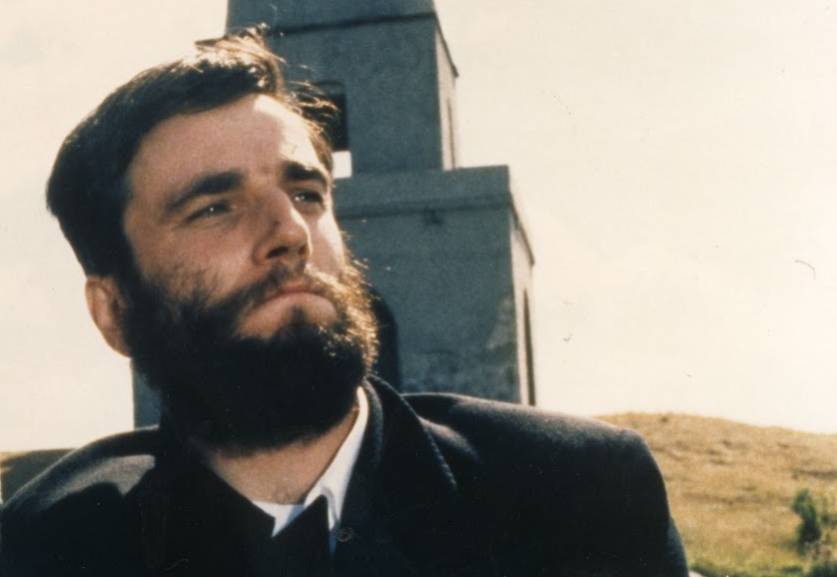
27 years after My Left Foot was nominated for 5 Academy awards and Daniel Day-Lewis and Brenda Fricker won the Academy Award for best actor in a leading role and best actress in a supporting role, respectively, Jim Sheridan’s debut film has still to be bettered by any other Irish production.
The film is a biopic of Christy Brown (Day-Lewis) who, despite being born into a poor working class Dublin family with cerebral palsy and with his body essentially paralyzed (with the exception of his left foot), overcomes his infirmity to become a painter, poet and author.
This could easily have been another generic biopic, lauded at Oscar season, and then quickly forgotten about, but Daniel Day-Lewis and Brenda Fricker giving possibly their greatest ever performances along with Jim Sheridan infusing an authentic uplifting quality to the story means this is a film that will live long in the memory.
Author Bio: Richard Gallagher is from Ireland. He is a graduate of Queen’s University Belfast where he studied English and Film Studies and is currently studying for an MA in Conflict Transformation and Social Justice. Political cinema, film history and following the boys in green (the Irish football team) are among his many interests. Richard blogs at Wise Up and can be followed on Twitter.